Hyundai i30 1.6 Review: i of the beholder
With the new second-generation model, Hyundai’s i30 gets the ‘Fluidic Sculpture’ treatment as well as a whole raft of improvements. Raymond Lai checks out the new i30.


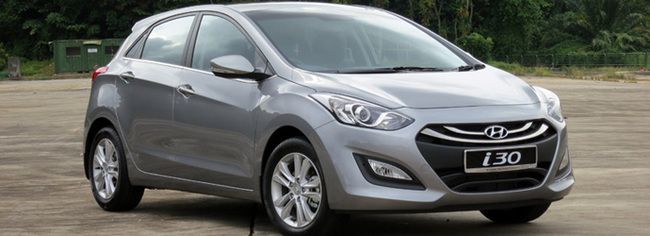
Just like its exterior design, the i30’s interior design is a step forward over its predecessor’s. The dashboard shares its basic flowing architecture with the rest of the Hyundai range, and together with the door trims, once again show off Hyundai’s ‘Fluidic Sculpture’ design themes and flowing lines. The design of the instrument binnacle is similar to the Elantra’s. The deep-set instruments are backlit in blue – the secondary instruments are digital items (water temperature and fuel gauge) sit in between the main dials, giving the whole instrument panel an uncluttered feel. The centre console features a slightly different design with different switchgear and switchgear layout to the Elantra’s.
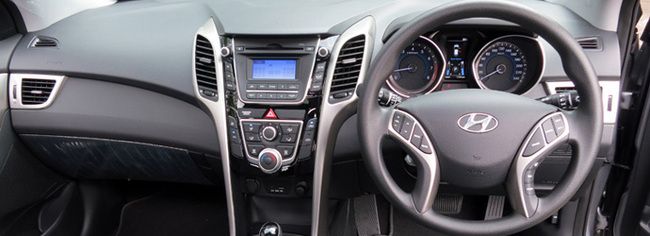
The driving position can be improved though as the height adjustment for the driver’s seat won’t go low enough – taller drivers will feel like they are perched on top of the car rather than driving in it. Only the driver’s seat gets electrical adjustments while storage spaces up front are plenty.
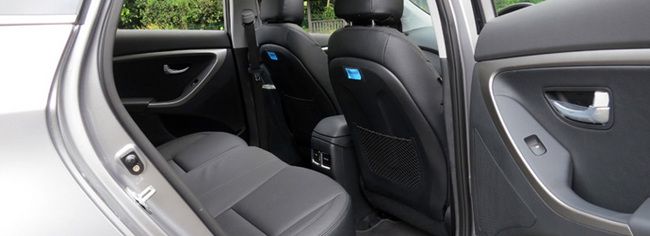
With a wheelbase that is similar to the Elantra’s, rear passengers will enjoy the same generous amounts of head and legroom in the new i30. Moreover, rear occupants will appreciate the standard rear air-con vents, a rarity among the i30’s Asian competitors. Cargo capacity in the new i30 is 378 litres with the rear seats upright – an increase of 10 percent compared to the original model.

Overall build quality levels are high –everything should work throughout the whole lifetime of the car. Perceived luxury levels can be better though, the surfaces on the dashboard for example, feel a tad hard to the touch when compared to models like the Volkswagen Golf.
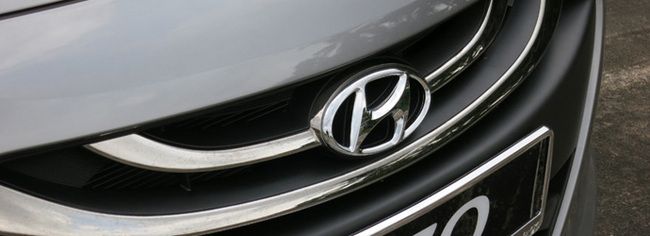
Standard equipment include a factory fitted stereo with steering mounted controls, dual zone climate control, electrical adjustments for the driver’s seat, trip computer, keyless entry and start, cruise control, auto headlamps, electronic stability control, all-round vented disc brakes, ABS, six airbags, leather seats and so on. Safety levels are high in the new i30. Thanks to help of the wide variety of standard active and passive safety features, the i30 has been awarded a full five stars in the Euro NCAP crash test programme.
The new i30 marks significant steps forward in all the major key areas over its predecessor. Sadly though, so as long as COE prices remain high, the new i30 will never be able to replicate its predecessor’s success but then again, its styling and the dependability of the Hyundai brand will quite possibly ensure that the new i30 will still be a relative success.
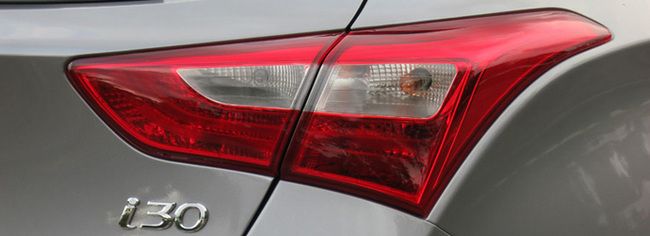
Credits: Story and photos by Raymond Lai







- Convenient and Hassle-Free
- Consumer Protection
Transparent Process
With No Obligation


Get the Best Price for your used car
from 500+ dealers in 24 hours








